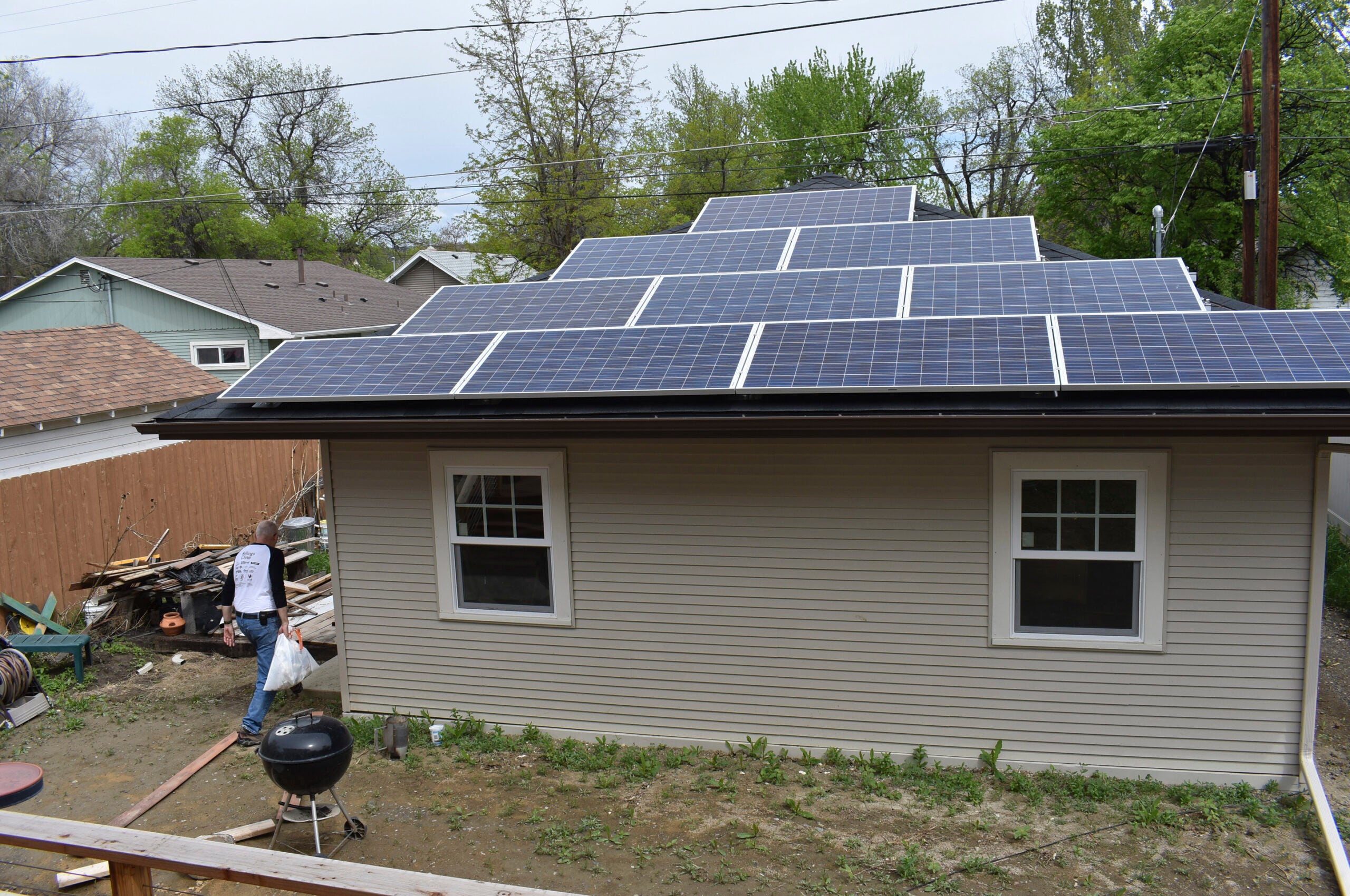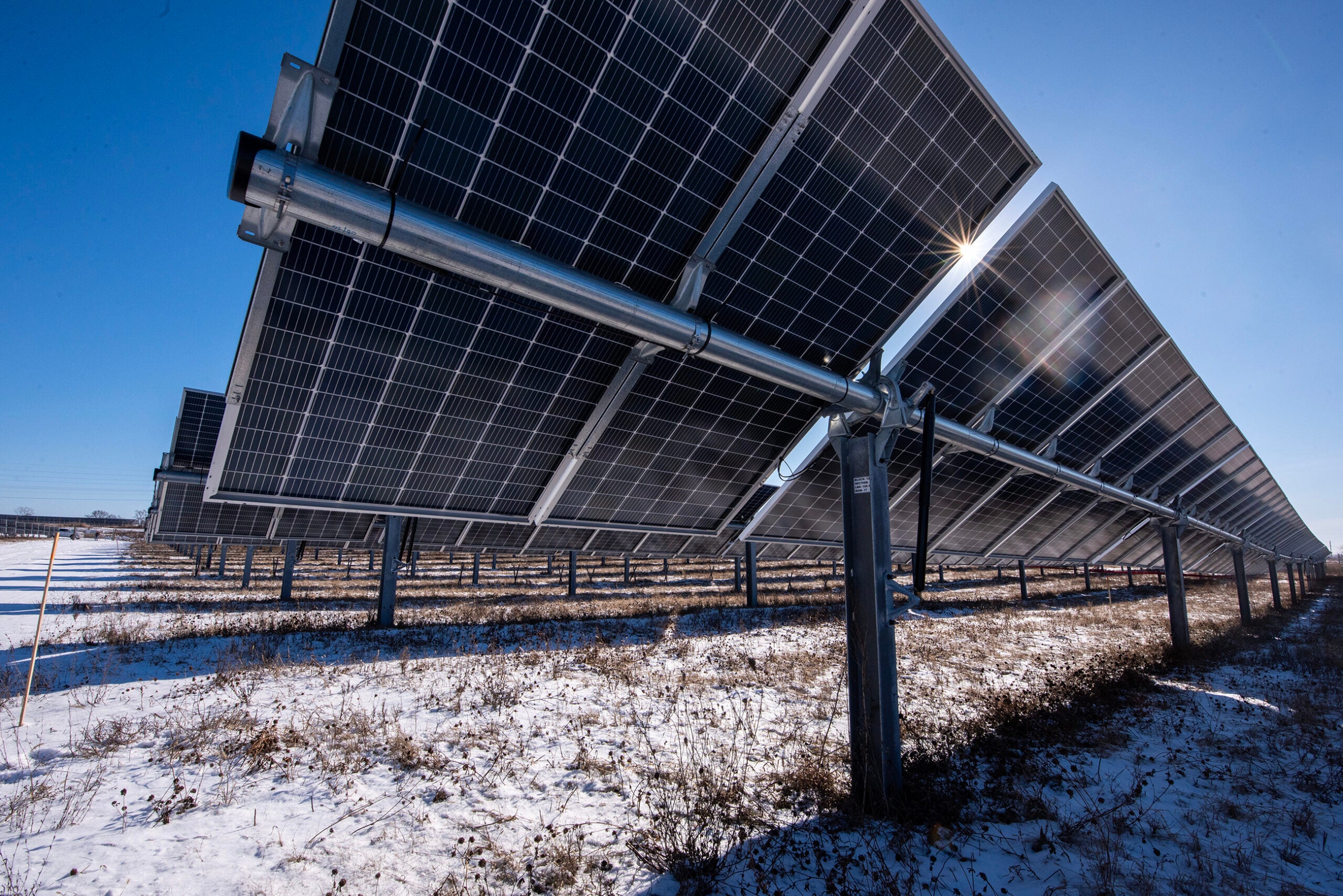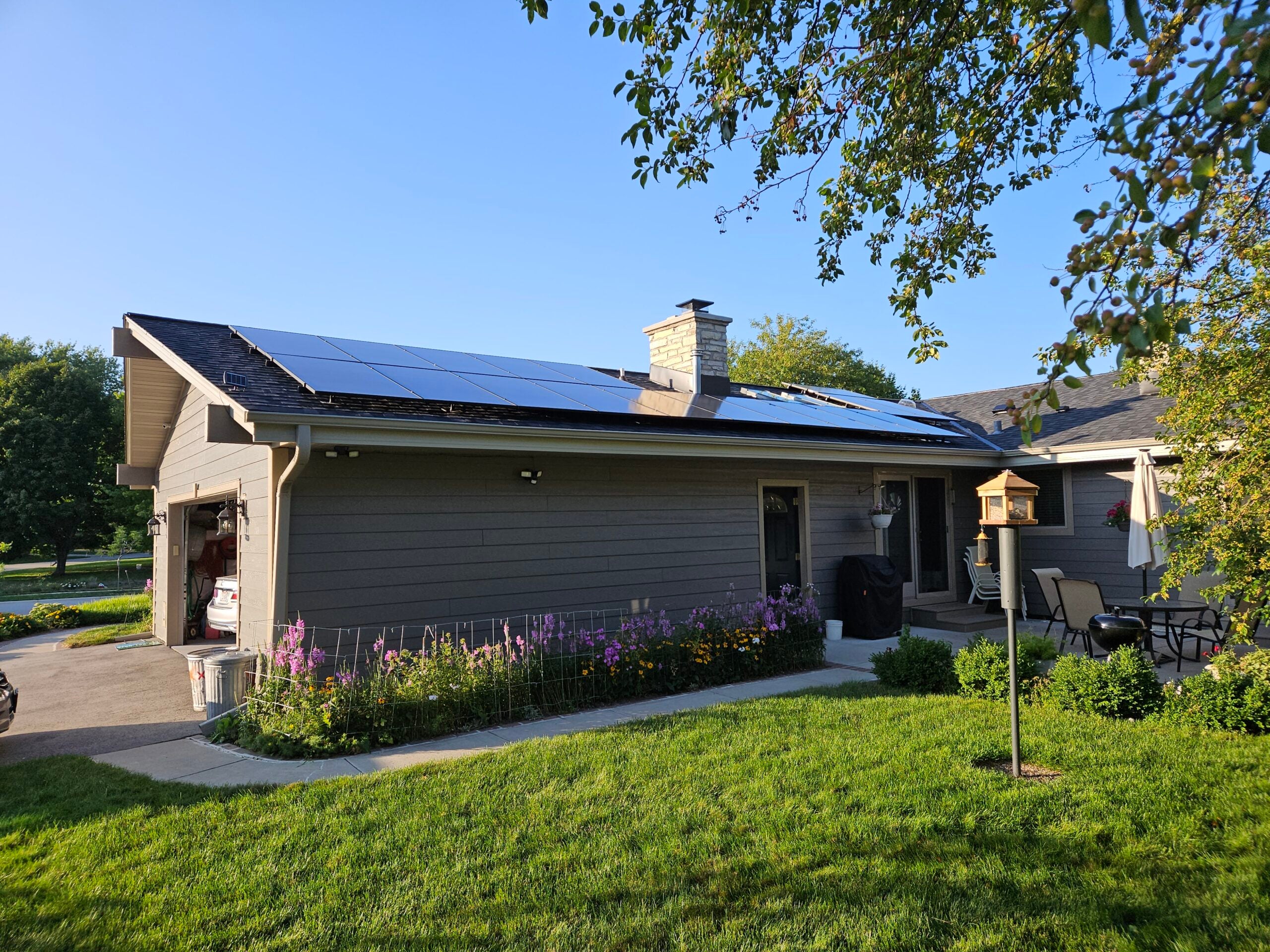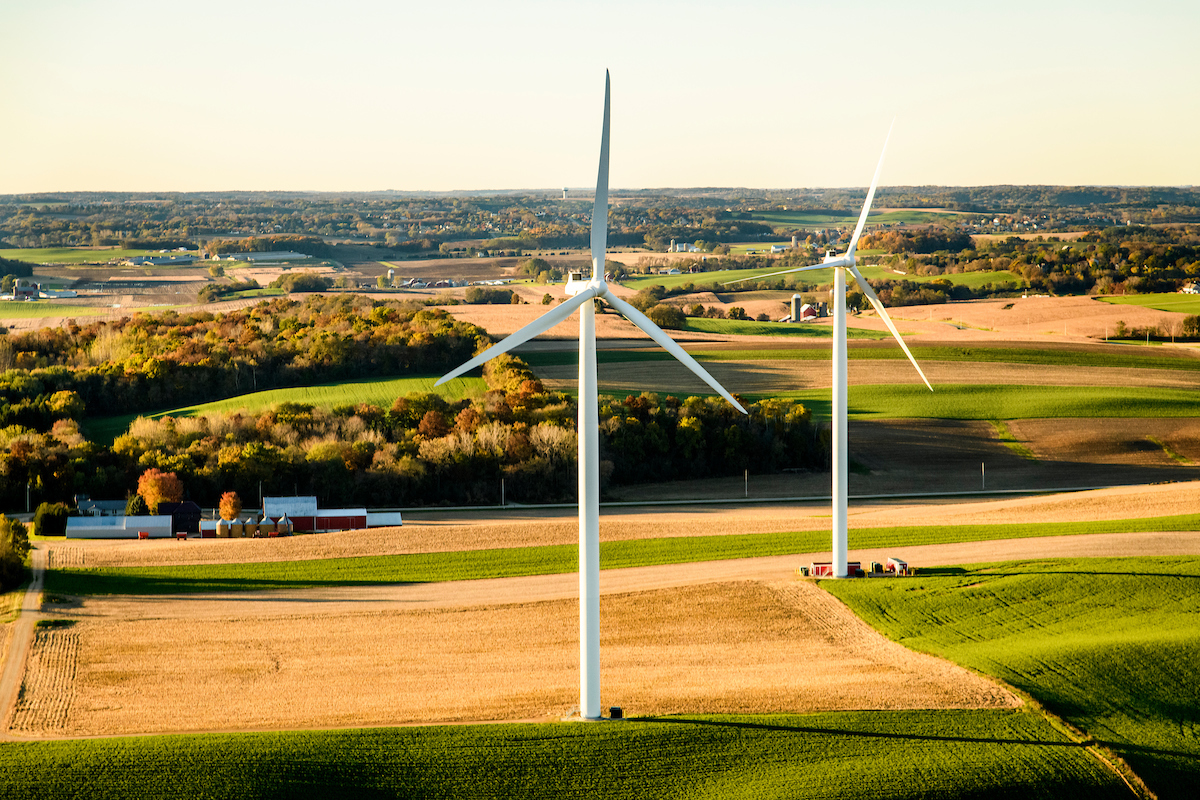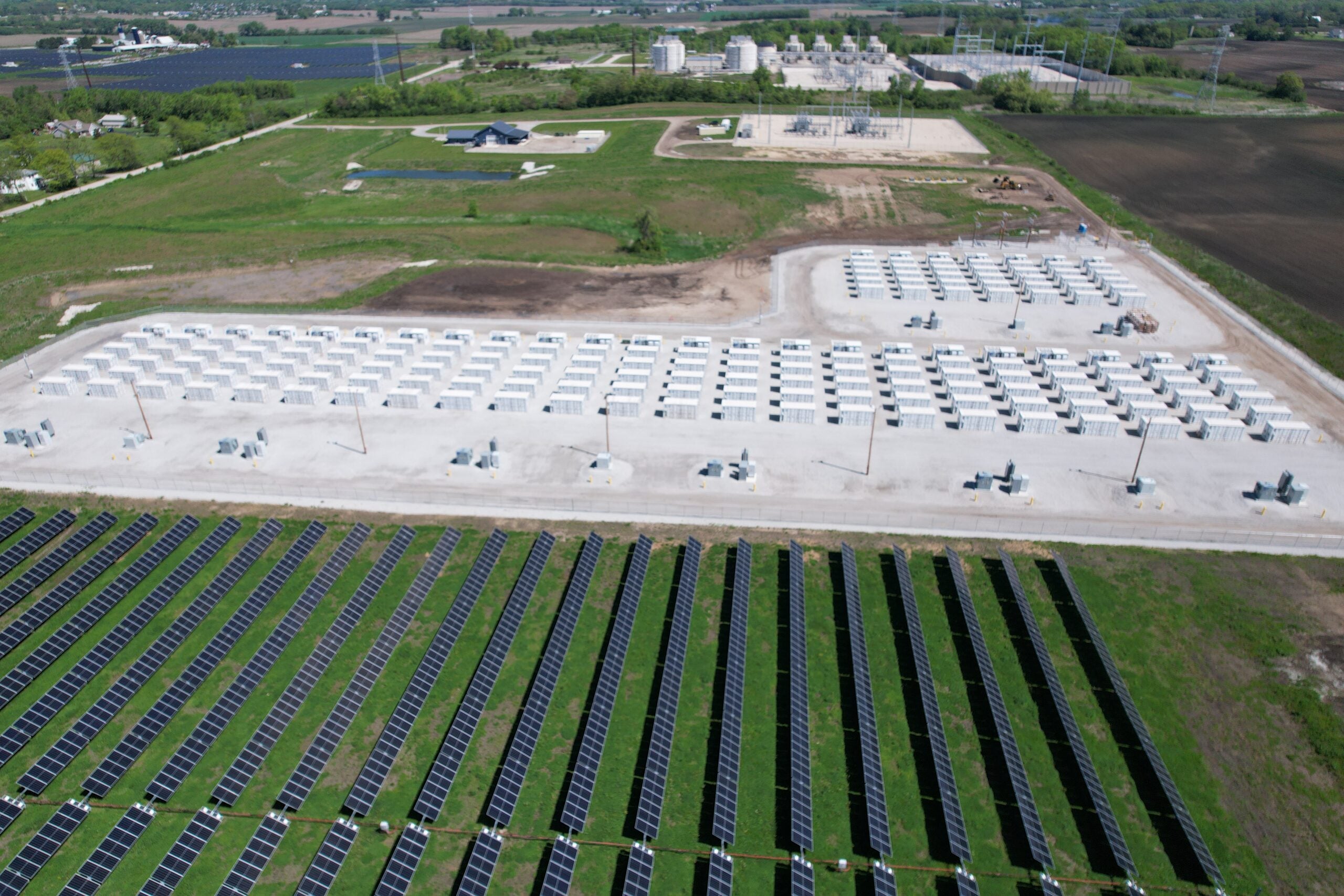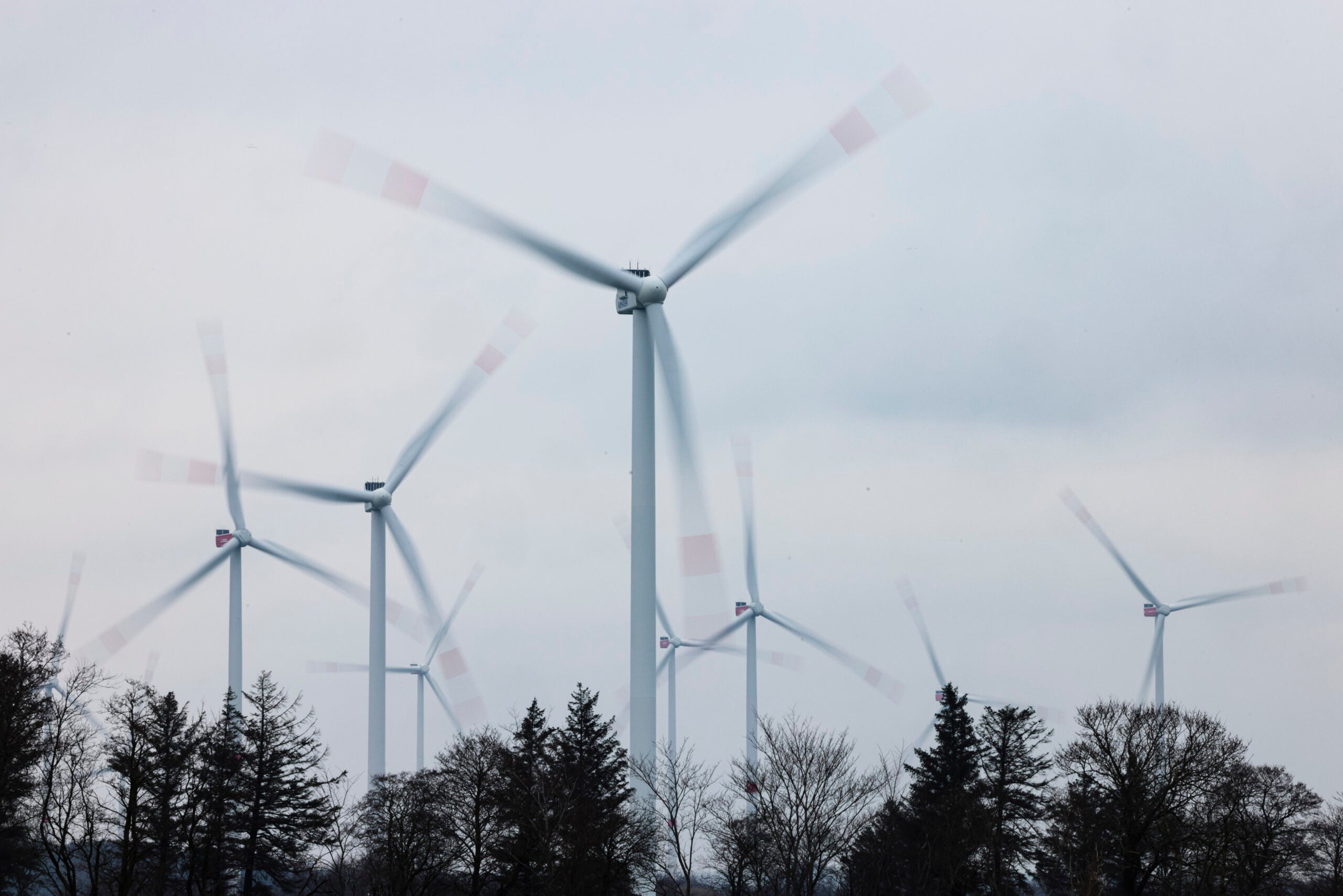The federal Inflation Reduction Act could bring more than 24,000 jobs to Wisconsin over the next decade, while also helping utilities, businesses and homeowners adopt renewable energy technologies.
That’s according to a recent analysis of the law’s climate and energy provisions by Data For Progress, a left-leaning think tank.
Matt Mazewski, the report’s author, said the analysis looked at how a change in federal spending could filter through the economy and generate employment in different sectors.
News with a little more humanity
WPR’s “Wisconsin Today” newsletter keeps you connected to the state you love without feeling overwhelmed. No paywall. No agenda. No corporate filter.
To test its job projections, Data for Progress used modeling to project employment impacts from past legislation where employment impacts have already been studied, he said.
“Based on the information available at the time, we would have made projections that were pretty much in line with what subsequent research found about the impacts of that law,” Mazewski said.
While Wisconsin already has 71,000 clean energy jobs, Data For Progress estimates the Inflation Reduction Act, or IRA, may create or preserve 4,080 direct jobs, 13,300 indirect jobs and 6,930 induced jobs.
Mazewski defined “direct jobs” as employment impacts that are directly tied to the legislation, like those executing programs funded by the IRA. “Indirect jobs” are tied to the supply chain, such as manufacturing components for solar panels. And “induced jobs” are created from the federal spending’s impact on other parts of the economy, such as employees at a restaurant a solar panel producer frequents.
“This modeling is essentially assuming that the funding that’s authorized in the law will in fact be appropriated by future congresses,” Mazewski said. “There’s still work to be done in terms of implementation, if these projected gains are really going to be realized.”
He added that over 40 percent of the law’s spending goes to boosting energy transmission and generation.
“Increasing clean energy production is really one of the most critical elements in the strategy to transition away from fossil fuels,” Mazewski said.
The legislation also includes tax credits for businesses and households to adopt renewable technologies. Nonprofits and local governments are eligible for renewable incentives as well.
Two of Wisconsin’s major utilities have described the bill as a “game changer” for their abilities to invest in battery storage.
“It’s totally changed things really across the country,” said Brendan Conway, a spokesperson for WEC Energy Group. “Suddenly you have people who were making batteries specifically designed to work with solar (who are) now (working on) long-term battery storage.”
Prior to the Inflation Reduction Act, utilities could only receive tax credits for batteries if they were charged by a renewable source, said Rick Zimmerman, manager of resource development for Alliant Energy.
He said those tax credits are no longer exclusively tied to batteries that are charged with renewables, which has made projects more cost-effective.
That helped Alliant create plans to develop a battery energy storage system adjacent to the Edgewater Generating Station in Sheboygan, which will draw energy from the grid at times of low usage and put that energy back into the grid at times of high demand.
“The IRA actually opens up the flexibility and enables (us) to have a greater use of the batteries,” Zimmerman said.
But utilities aren’t the only businesses that could see benefits. Mazewski said one of the IRA’s tax credit programs is specifically targeted at helping manufacturers invest in the capacity to produce renewable energy technologies.
“We find that Wisconsin actually would be, I believe, in the top quarter of states when it comes to how much funding they could expect to see specifically targeted there,” Mazewski said. “That’s one area in which Wisconsin might receive disproportionate benefits relative to other states.”
Kathy Kuntz, director of Dane County’s Office of Energy and Climate Change, recently told Wisconsin Public Radio’s “The Morning Show” that the Inflation Reduction Act doesn’t remove all barriers for homeowners who hope to implement renewable energy.
“Maybe the one challenge we have left here is the financing piece, because of course a tax credit is going to be a thing you claim on your taxes after the project is done,” she said. “So there is a need for upfront financing.”
But Kuntz said low- to moderate-income households could receive grant funding for renewable projects through programs expected to launch next year.
“They’re targeted to households at or below 150 percent of median area income,” she said. “That’s a pretty good number (of homes) in most of Wisconsin.”
Wisconsin Public Radio, © Copyright 2026, Board of Regents of the University of Wisconsin System and Wisconsin Educational Communications Board.
